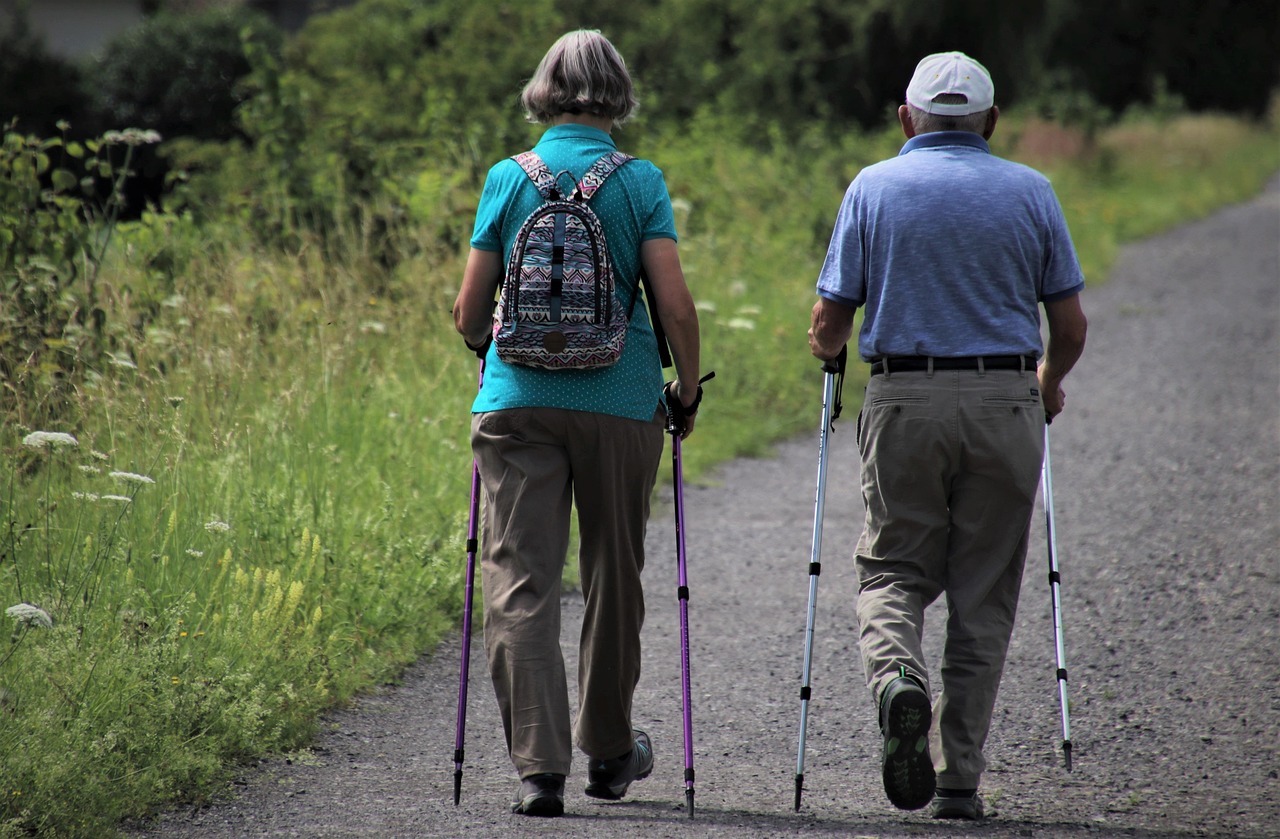Austrians are living longer and staying healthy for longer. Nevertheless, according to the health report published by the Ministry of Health, around two-thirds of the population suffers from chronic illnesses.
According to the report, women and men in Austria have been living on average two and 2.9 years longer since 2005. They are also staying healthier for longer: men spend 7.4 and women 7.8 years longer in good health than in 1991. The report now published is the second of its kind. The first health report was published in 2016, while the current one shows developments since 2005. It refers to data from 2019, with 2020 and 2021 also included in some areas.
The ministry sees a need for action based on the figures. 66% (around 4.9 million people) suffered from a long-term illness or chronic health problem in 2019, compared to 62% in 2014 (data was collected for the 2016 report). The problems are largely due to an unhealthy lifestyle, such as insufficient exercise, an unbalanced diet and alcohol and nicotine consumption, according to the report.
Often, problems with the musculoskeletal system
The most common chronic diseases and health problems in Austria include chronic back pain (26 percent of the population aged 15 and over), allergies (20 percent), chronic neck pain (20 percent), osteoarthritis (13 percent), chronic headaches (eight percent), diabetes (six percent), depression (six percent), chronic bronchitis/COPD (five percent) and asthma (four percent). In total, chronic diseases mean that women currently spend 19.5 years and men 16.4 years of their lives in mediocre to poor health.
Overall, since 2019, male newborns can expect to live 63.1 years, and female newborns can expect to live 64.7 years in good health. This is an increase of more than seven years since 1991. Overall life expectancy rose by 2.9 years to 79.5 years for men and by 2.0 years to 84.2 years for women between 2005 and 2019. Due to the COVID-19 pandemic, life expectancy fell by 0.7 years for men and 0.5 years for women in 2020 and 2021.
There is room for improvement in health literacy
According to the report, one in two people has limited health literacy. People with low incomes and formal education are disproportionately affected. There are particularly major challenges when it comes to dealing with digital information and navigating the healthcare system. Nevertheless, the proportion of people with adequate health literacy has risen from 48% to 53% since 2011.
Income and education have a major influence
The study shows the major influence of income and education on health. People with a low level of formal education or low household income have a lower life expectancy and spend more years in mediocre or poor health. They are more frequently chronically ill, have more restrictions in everyday life, and have a lower quality of life.
Men and women with a compulsory school leaving certificate have a life expectancy of 76.7 and 82.7 years, respectively, while people with a high school diploma or higher education have a life expectancy of 83.2 and 86.4 years, respectively. This difference is mainly due to a less favorable lifestyle, a disadvantaged living situation, and low utilization of early detection and medical care.
Screening examinations are currently only used by around 15 percent of people, with a slight upward trend. “Health should not be a question of income. It is therefore all the more important that we improve the supply of panel doctors with the health reform and invest additional funds in health promotion and prevention,” said Health and Social Affairs Minister Johannes Rauch in a press release on Thursday.
- source: oesterreich.ORF.at/Agencies/picture:
This post has already been read 3346 times!



